
If you’ve been a regular reader here on OPC, you probably know how much I love painting. In other words, I hate painting, and that means I’m always eager to try out products that make painting easier, faster and less cumbersome. For that reason paint sprayers are right up my alley. A while back I reviewed the Graco TrueCoat Plus, and when Wagner reached out I was more than happy to give the Control Spray Max a try.
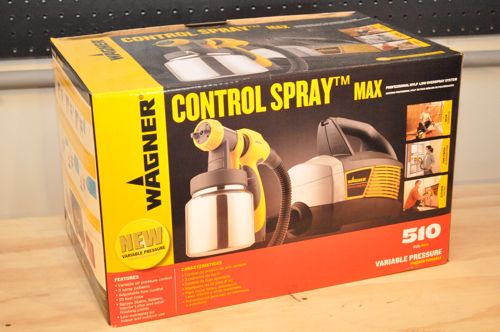
Wagner’s Control Spray Max is intended for homeowners and do-it-yourselfers, and suggested uses include decks, wood trim, kitchen cabinets and more. It is a high-volume, low-pressure (HVLP) sprayer powered by a two-stage turbine, and the Control Spray Max features variable pressure control. HVLP systems use compressed air to atomize latex paint, lacquers and stains. Some of the challenges for this type of sprayer include reducing overspray, producing a smooth finish and ease of cleanup.
In addition to the sprayer and turbine, the Control Spray Max comes with a 1 qt. metal cup for woodworking, 1-1/2 qt. plastic cup for larger projects, 20′ flex hose, viscosity cup and user manual.
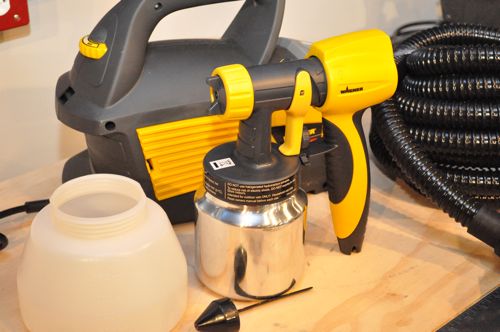
Setup
Wagner designed the Control Spray Max for easy and quick setup. The handle locks in place with the spray gun, and a hose runs between the turbine and handle. The fill cup screws onto the underside of the spray gun.
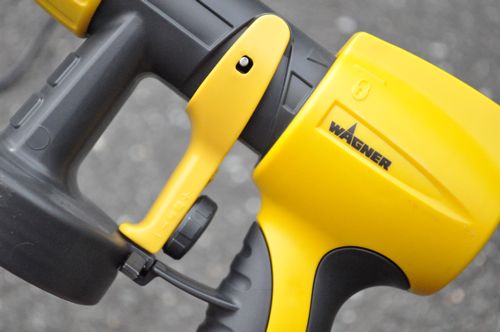
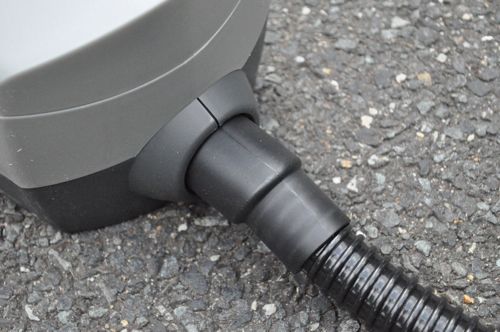
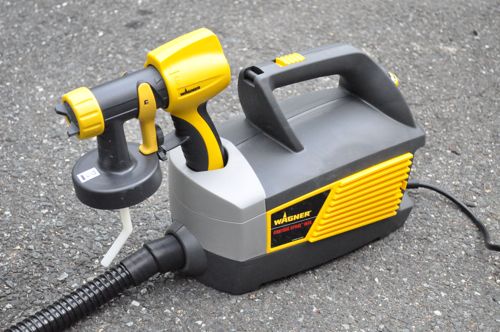
Thinning Material
Unlike the Graco, Wagner requires the user to thin the spray material, and they include a chart in the manual. The chart outlines how fast material should move through the viscosity cup. For instance, varnish should empty the viscosity cup in 20-50 seconds. However, the chart does not have directions for latex paint, and instead directs users to follow manufacturer’s recommendations.
Spray Patterns
The Controls Spray Max can achieve three different spray patterns depending on how the air cap and nozzle are aligned. A diagonal air cap (pictured) produces a circular spray pattern, a vertical air cap produces a wide, ovoid fan and a horizontal cap produces a tall, ovoid fan.
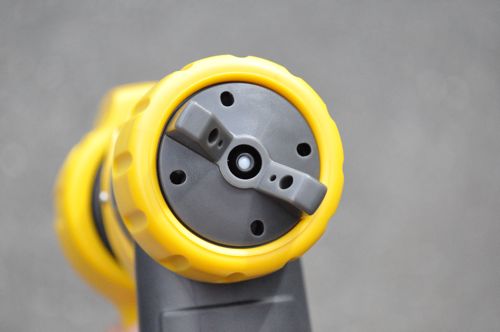
Variable Pressure Control
Adjusting the variable air pressure control reduces overspray of thin materials like lacquers and stains, and it enables a user to “fine tune” how the spray material is atomized.
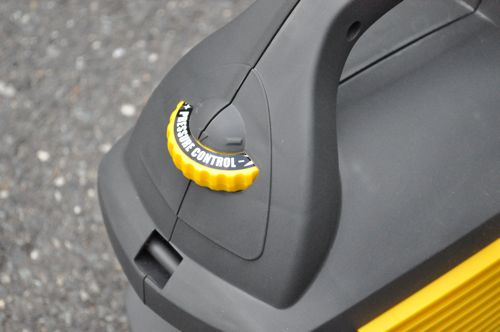
Performance
I used the Wagner’s sprayer to paint a spice rack that I made for Fred and Kim. I used Glidden paint, and they don’t have any info (that I found) for thinning latex paint so I used generic instructions. In the end, I thinned the paint several times because the paint came out too course, and even then the finish was a bit rough.
The turbine is connected to the spray gun with a hose, and that lessens the weight I had to carry. This is a great design choice because it reduces fatigue especially for big projects.
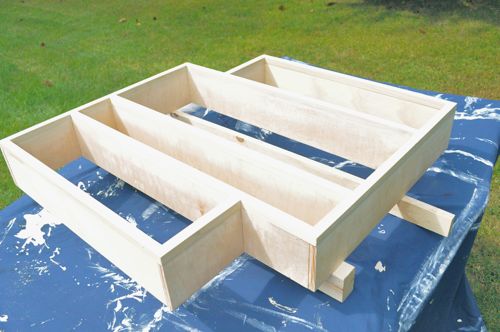
Overspray was minimal, and that’s great because it allows you to be more detailed and reduces waste. The suction tube is angled, and by pointing it in the right direction, you don’t have to fill the cup as often.
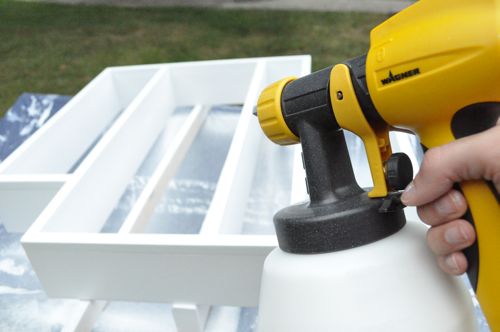
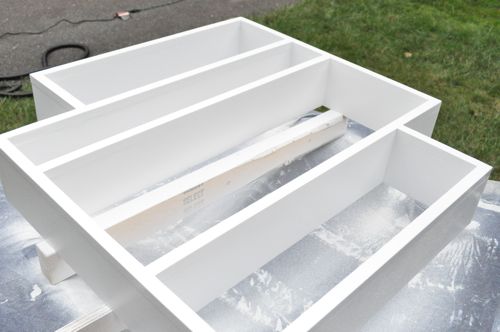
Cleanup and Maintenance
The Control Spray Max is composed of a few parts, and that makes cleanup simple. For latex paint, you empty leftover material, run soapy water through the sprayer, and then thoroughly clean the spray gun, fill cup, air cap, nozzle and suction tube. It’s very quick and very easy (better than Graco). Maintenance is also minimal. The turbine has two air filters, and dirty filters should be replaced.







ohh Im jelly nice what a great tool to have!
cool. I’ve always wanted one of these but never been able to justify buying it. and I’m always worried about cleanup being a hassle.
i was wondering that myself… i can just imagine myself spraying the thing everywhere…. i would need a biggg open outdoor space for this, ha!
It’s actually funny that this get posted today since I spent my lunch break yesterday looking into HVLP sprayers. I was more interested in the handheld units that you just plug an air compressor into (Husky sells a bunch through Home Depot). I liked these better because it seemed to help justify buying an air compressor since the compressor would be able to perform so many other tasks as well.
Also, I wanted to upgrade from my Wagner Power sprayer, since it sputters and spits more than atomizes, and the amount of overspray is astounding. It was one of their better handheld piston sprayers, and though it does its job I’ve never been that pleased with it.
Thanks for the review. I’ve got a project coming up to stain my fence and I was really dreading doing it by hand again. This will make it a lot easier and faster. Now if I can just scrape together the funds for one.
Sprayers seem great for some projects where there’d be a lot of surface area and in particular, hard to paint areas. I guess I’ve always been hesitant because for some things I’ve read a brush can reach deeper into the pores on wood than a sprayer can which can be important (i.e. when staining a deck).
I think for a deck I would still roll the boards. However, for the rails, I think a sprayer could be a good option. Especially because the rails don’t weather nearly as fast as the boards.
HVLP really shines when applying finishes to wood. For spraying paint I stick to the piston type which are a lot higher pressure but have an easier time with unthinned latex. What does the wagner sell for?
I’ve found it on Amazon for about $100 which is a pretty fair price.
I have a similiar Wagner, its ok for small projects. Clean up is easy. Just make sure your arm is moving before you pull the trigger.
Looks like a very competitive sprayer for small projects.